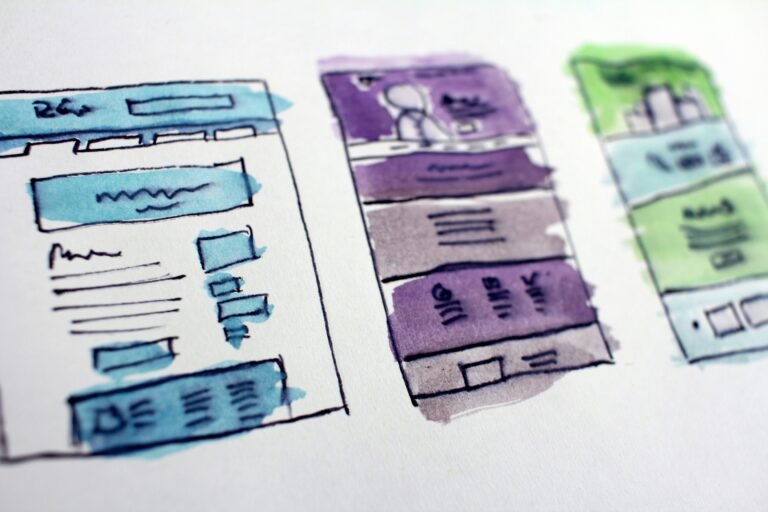Job seekers today expect more than a generic job ad and a templated thank-you email. They want to feel like more than just a resume in a sea of applications. That’s where personalized candidate experiences come in. And no, it’s not just another HR buzzword, it’s become an essential part of modern recruitment marketing. So, what’s all the fuss about personalization in recruitment marketing? And why has it gone from a nice-to-have to a non-negotiable? Let’s break it down.
What Is Personalization in Recruitment Marketing?
In simple terms, personalization means tailoring your messaging, touch points, and communication to the individual candidate. Think of it like Netflix, but for job seekers, surfacing content, roles, and messaging that actually aligns with who they are and what they want.
It’s about making candidates feel seen and valued throughout their journey with your brand, from the moment they land on your career site to the final offer (and sometimes even after, if they become a boomerang hire).
Examples of personalization include:
- Customized job recommendations based on browsing behavior
- Email campaigns that speak to a candidate’s specific skills or career goals
- Tailored landing pages that match a candidate’s location or department of interest
- Dynamic job ads that change based on prior interactions
- Recruiter outreach that doesn’t feel robotic or recycled
But it’s not about being creepy. It’s about being relevant. Personalization respects a person’s time and interests. And in today’s crowded job market, relevance makes all the difference.
Why Has Personalization Gone from Trend to Table Stakes?
Here’s the thing: talent, especially top talent, doesn’t wait around. If you’re not speaking directly to their aspirations and values, one of your competitors will.
From Spotify to Amazon, people’s online journeys are filled with over-personalization. It has changed the way people browse and candidates are now expecting the same level of personalization in their job search.
The rise of personalization in recruitment marketing is being driven by a few key trends:
- Digital fatigue: Job seekers are overwhelmed by generic job boards and career sites.
- Mobile-first behavior: People are job hunting on their phones, where attention spans are shorter than ever.
- AI and automation: Tools now exist that make personalization scalable, no need to write every email one by one.
- Candidate expectations: People want to work for companies that “get” them, even before they apply.
So if you’re still relying on a one-size-fits-all strategy, you’re falling behind. Today, personalization isn’t a bonus, it’s expected.
How to Implement Personalization in Recruitment Marketing
You don’t have to overhaul your entire system overnight. But you do have to start somewhere. Here are a few actionable ways to add more personalization into your recruitment strategy:
1. Use Data Wisely
Every click, scroll, or page visit a candidate makes is a clue about what they want. Are they spending time on your engineering job listings? Maybe they want more technical content. Did they leave their email but didn’t apply? They might need a nudge or more info about your culture.
Use tools from your ATS or CRM to collect and organize this data. It’s gold for customizing future content and outreach.
2. Segment Your Talent Audience
Just like marketers do with customers, you need to segment your candidate pipeline. Break it down into different groups—like Gen Z grads, remote workers, or high-volume roles. Each group has different needs, motivators, and communication styles.
Tailor your messaging accordingly. Gen Z? Focus on flexibility, purpose, and growth. Senior leadership? Talk impact, autonomy, and culture alignment.
3. Invest in Dynamic Career Site Content
Static websites are like billboards, great for general awareness, but not for conversion. Dynamic career pages that adjust based on who’s browsing can do wonders. This could mean:
- Geo-targeted job listings
- Department-specific employee stories
- Content that adapts based on previous page views
Remember, your site is your 24/7 recruiter. Make it feel human.
4. Automate Without Losing the Human Touch
Here’s where smart tech comes into play. Platforms like Beamery, Phenom, and SmartRecruiters allow you to automate personalized messages based on candidate behavior. For example:
- Email follow-ups personalized by job interest
- SMS reminders for hiring events
- Drip campaigns tailored to a candidate’s location or department
Just make sure messages don’t feel robotic. Use natural language, inject some personality, and always give the option to connect with a real person.
5. Ask for Feedback and Act on It
Finally, the best way to improve personalization? Ask your candidates. Include quick surveys after interviews or in your hiring funnel. What did they like? What felt impersonal or clunky?
Then, put that feedback to good use. Small tweaks like changing the tone of your rejection emails or reordering steps in your application process can make a big difference in how people experience your brand.
The Bottom Line
In a market where candidates have more choices than ever, recruitment marketing needs to feel personal, relevant, and respectful. Personalization isn’t about fancy tech or flashy campaigns, it’s about building real human connections, at scale.
Done right, it helps you attract better-fit talent, improve your employer brand, and turn job seekers into true brand advocates. So if you’ve been treating personalization as an optional upgrade, it’s time to think again.
Because in recruiting, just like in life, people remember how you made them feel.
Need Help Getting Started?
Keep exploring our Recruitment Marketing hub for tools, templates, and expert guides.
Need help creating effective recruitment email campaigns? Let’s talk.







